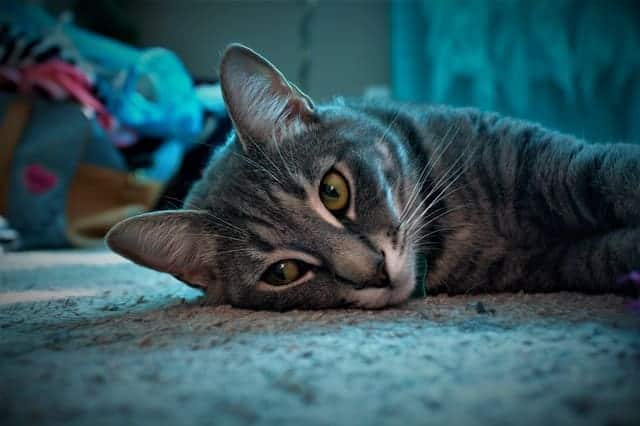
Is there a contraceptive pill for the cat? The answer is yes. Let’s see how this chemical sterilization tool works.
Have you adopted a cat, but you do not have the opportunity to take care of a possible litter? The surgical sterilization mode is certainly the best known method to prevent the kitty from becoming pregnant. However, you may want to consider using the contraceptive pill for the cat. Let’s see how to use it and if there are any risks for the animal.
How does that work
The contraceptive pill for the cat has the same use as the contraceptive drug taken orally by women. It is composed of a high concentration of a hormone, called progesterone, which is intended to block the secretion of estrogen in the body.
By acting on natural reproductive hormones, the pill suppresses the menstrual cycle and pregnancy. These contraceptives can be taken orally, through a pill, or through an injection to the cat. The safest method is puncture: the drug is injected intravenously.
Tablets, on the other hand, have a greater number of side effects. Not only that, there is a risk that the animal may spit or vomit the pill, not ingesting the right dose of the drug. In this way, its effectiveness would be irreparably compromised.
Pros and cons
The use of the contraceptive pill for the cat is an excellent solution to keep births under control, where the cat cannot be subjected to sterilization surgery. In addition, it is a valid alternative to surgery, in case you do not want to subject the animal to an irreversible sterilization process.
For this reason, if you want the cat to become pregnant at least once in the future, you can decide to use this drug temporarily. The effectiveness of such a contraceptive tool, however, is not 100% guaranteed. This is particularly problematic within feline colonies.
Leaving the pill inside the food, it may happen that the cats sniff out the presence of the drug and do not ingest it. In this way, it would not be possible to distinguish the specimens that have taken the contraceptive from those at risk of unwanted pregnancy.
Appropriate consideration should also be given to the costs of surgical and hormonal sterilization. Although initially the purchase price of the pill for the cat is more advantageous than the operation, keep in mind that in the long run you will spend a much more substantial amount.
Finally, among the disadvantages of using this contraceptive method are a number of risks related to the health of the cat. A prolonged use of this drug, in fact, can provoke the onset of certain diseases. We will look into the matter in the next paragraph.
What are the risks

To date, the debate about the use of the contraceptive pill for the cat is still open. On the one hand, in fact, veterinarians are deployed who support its use; on the other, however, those that underline the many dangers of this contraceptive method.
Among the most frequent side effects, found after prolonged intake of the contraceptive pill, are breast and uterine cancer, feline pyometra and urinary tract infections. Not only that: many females begin to suffer from copious hemorrhages after repeated use of the drug.
Various scientific studies, in fact, have shown that the use of contraceptives increases the risk of contracting these diseases by 90%. Symptoms of the above pathologies can manifest themselves even years after the onset of contraceptive action.
For a comprehensive comparison of the dangers associated with using this contraceptive method and the safest procedure to adopt for birth control, contact your veterinarian.






